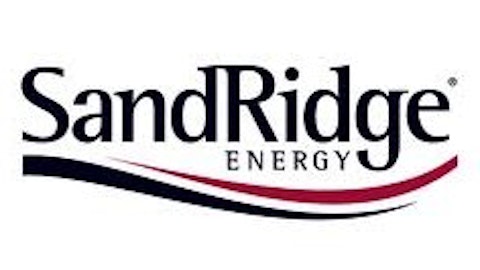
Sweet Sticky Thing
Even though we call everything “crude oil,” every source of crude is different. Crude is a collection of hundreds of different types of molecules that are based on the same basic concept: chains or rings of carbon atoms flanked by hydrogen atoms. Depending on where oil comes from, the percentages of these molecule types change, which changes the physical properties — and the market value — of these crudes. In the case of the Canadian oil sands, the product is considered a heavy oil/bitumen crude source. This means it has a much higher percentage of long-chain molecules used for products such as lubricants, residual fuels such as home heating oil, and asphalt for roads and roofs. By contrast, lighter oil types, such as what we’re seeing from shale oil in the U.S., have more short-chain molecules and will produce a higher percentage of light products, such as gasoline, kerosene, and jet fuel.
This also poses another problem. This heavy oil type is very viscous and doesn’t flow through pipes easily. For it to be sent through a pipe like the Keystone XL, it needs to be blended or treated in some way or another. One of the most common practices to treat oil sands is to blend it with condensate, which is a hydrocarbon somewhere between crude oil and natural gas liquids. By themselves, the two products are difficult to transport and don’t generate a lot of value for producers. Combined, though, the two products can be much more transportable, and a much wider variety of facilities can refine them.
The problem for Canada is that it has an enormous amount of oil sands, but the supply of condensate is skin-tight. Right now in Canada, condensate is in high demand, and prices for the product are much higher than in the United States. Many Canadian oil sands producers are looking to get condensate from the U.S. as a blending agent.
O-H-I-O
While there are many shale formations in the U.S. producing high amounts of condensate, one could benefit from moving condensate to Canada more than the others; the Utica formation. While the Utica hasn’t turned out to be the oil play some were hoping it would be, the most lucrative wells in the region are being drilled in what is known as the “wet gas” region of the play. In this region, Utica-heavy operators Chesapeake Energy Corporation (NYSE:CHK) and Gulfport Energy Corporation (NASDAQ:GPOR) have focused much of their attention in this region, because it is believed to generate the highest rate of return for drillers.
According to Gulfport Energy Corporation (NASDAQ:GPOR), an average well in this part of the play generates about 36% condensate, with the remainder being natural gas liquids or dry gas. For this part of the play to really pay off, it will need to find a market for all that condensate. Since there isn’t a lot of condensate processing in the region, one of the most financially lucrative options would be to ship it up to Canada as a blending agent for crude.
One midstream company is wise to this idea and has plans to be the connection. Enbridge Inc (USA) (NYSE:ENB)‘s Alberta Clipper and Southern Lights project currently delivers about 180,000 barrels per day of condensate from Chicago to Alberta. The company plans to expand that capacity to 275,000 bpd to accommodate the needs of Canadian oil sands and the abundant amount of condensate from places like the Utica.
What a Fool believes
When Suncor Energy Inc. (USA) (NYSE:SU), the largest producer of oil sands, is shelving oil sands projects, you know it’s hard to make a Loonie in the Canadian oil sands business right now. For investors, there has been very little love on this roller coaster as of late. Hopefully, regions like the Utica will be a good luck charm and will help to resolve some of the operational woes for the region. Then all oil sands advocates will need to do is deal with is find a market that will buy its product. Gulp.
The article Can These Ohio Players Save Canadian Oil Sands? originally appeared on Fool.com and is written by Tyler Crowe.
Fool contributor Tyler Crowe has no position in any stocks mentioned. You can follow him at Fool.com under the handle TMFDirtyBird, on Google +, or on Twitter, @TylerCroweFool.The Motley Fool has options on Chesapeake Energy.
Copyright © 1995 – 2013 The Motley Fool, LLC. All rights reserved. The Motley Fool has a disclosure policy.



